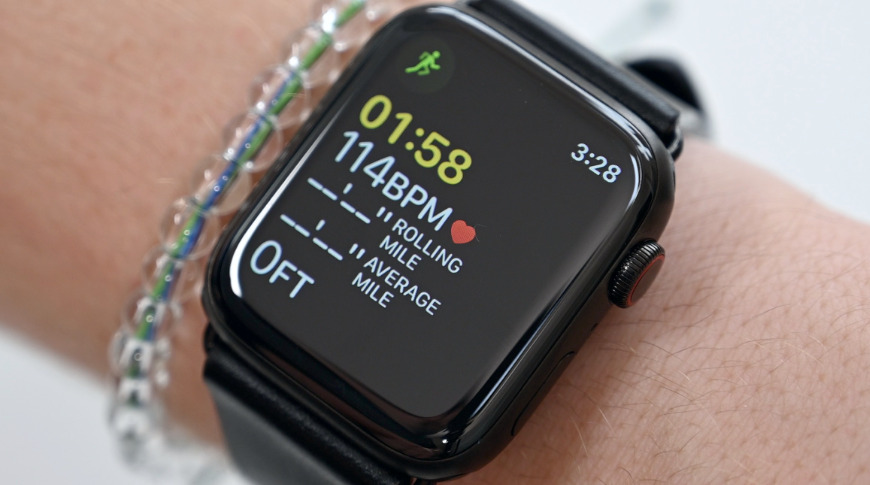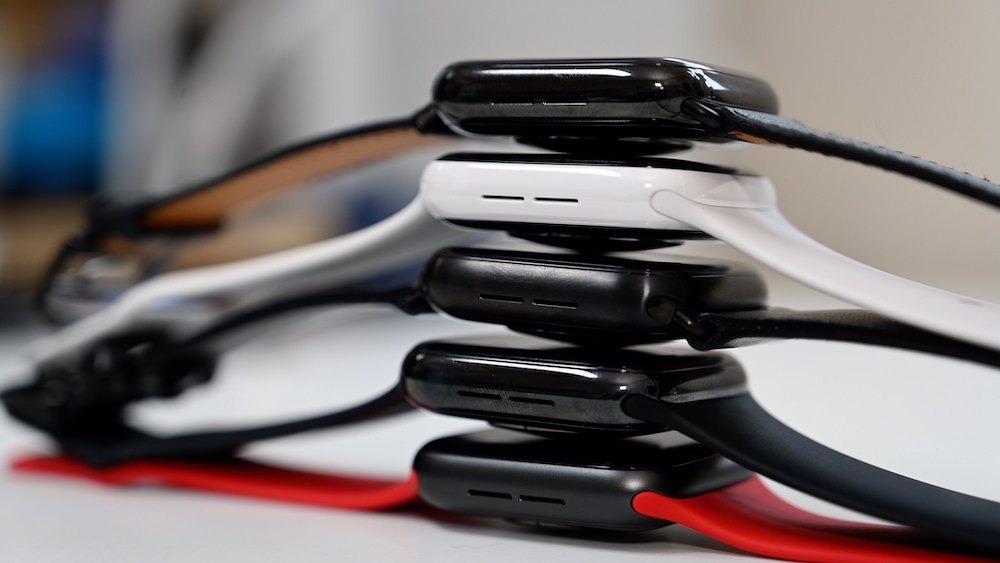The Apple Watch's path into healthcare is a different route from its original fashion focus, but the pivot has led to the prospect of future designs loaded with even more fitness-related features
The Apple Watch has received praise for helping many people take more care of themselves, as well as potentially saving lives in the process. Frequent reports have surfaced over the years covering events where people were alerted to possible issues, such as heart conditions via the ECG function, which prompted users to seek advice from medical professionals.
However, this healthcare-focus of the Apple Watch wasn't its original intention, a report into the future of the wearable device by Wired reminds.
"We never sat back, as a company, and said "Let's do healthcare," said Apple VP Sumbul Desai, who joined Apple's health team in 2017. "Our journey in health started with the Health app, and that was really our first step," Desai proposes, rather than the Apple Watch.
A change in the usage of the optical heart rate sensor in the Apple Watch Series 3 to more accurately measure heart rate is credited by Desai as being the main reason behind the Apple Watch's pivot.
"We put the PPG sensor on the watch to actually make sure that we were accurate in our calculation of calories because, using heart rate top be able to drive the accuracy of the calorie calculations, is the right way to do it," admits Desai. "We never had the intention to measure heart rate."
Feedback provided to the team in 2017 relating to how the Apple Watch helped reveal undiagnosed medical conditions led to a focal change, and the development of new features. These included the high heart rate notification, the development of irregular heart rhythm notifications, and an ECG in the Apple Watch Series 4.
Changes to watchOS have also added improvements to what people can monitor, including menstrual cycle tracking and the Noise app. Clinical trials have also taken place, centering on the Apple Watch and the data it collects.
The ongoing development of the Apple Watch and its capabilities has led to many rumors about it being able to measure glucose levels in a user in the future, along with oxygenation levels and blood pressure. When combined, these could provide greater insights into fitness in general and the human body, as well as guiding physicians and medical professionals about a user's underlying conditions.
For example, the blood pressure monitoring feature, as revealed in a May patent filing, could enable users to test their levels without requiring a separate cuff or other device. Measuring blood pressure could be used to determine instances of hypertension that could indicate health issues.
An update this fall could include a swathe of mental health features and a blood oxygen sensor to detect if the user is hyperventilating, which when combined with an elevated heart rate reading could warn of a user undergoing a panic attack. By monitoring these elements over the long term, there is even the possibility of the Apple Watch warning users of an imminent panic attack ahead of time.
Anxiety monitoring and sleep tracking have been tipped for inclusion in the Apple Watch Series 6 and watchOS 7. A rumored kids mode could enable the Apple Watch to be worn by younger users, with modified Activity Rings that measure more appropriate data points for their age, rather than the current adult-centric ring system.
There has even been the proposal of a detection system for when the user is potentially drowning, and to automatically call for help.
With the continued appearance of Apple Watch patent filings pointing to potential future features, along with other leaks and rumors about upcoming additions, it's evident that Apple has a lot planned for its wearable device. Other filings have also suggested other products may gain similar health-tracking features, such as AirPods with extra sensors, which gives Apple another avenue to travel down on its healthcare journey.
The big question is working out which direction it wants to go.
 Malcolm Owen
Malcolm Owen








-m.jpg)






 William Gallagher
William Gallagher
 Charles Martin
Charles Martin
 Christine McKee
Christine McKee
 Wesley Hilliard
Wesley Hilliard

 Andrew Orr
Andrew Orr

 Sponsored Content
Sponsored Content







17 Comments
There’s room for Apple to create other on-body monitoring devices which are just as fashion-minded as the Watch. There’s room for armbands, earrings, headbands, tiaras, clips, chokers, and so much more.
Mine’s primary purpose is calorie-counting and exercise tracking since day one. The messaging is great (don’t need to pull out the phone).
fashion? Pffft!